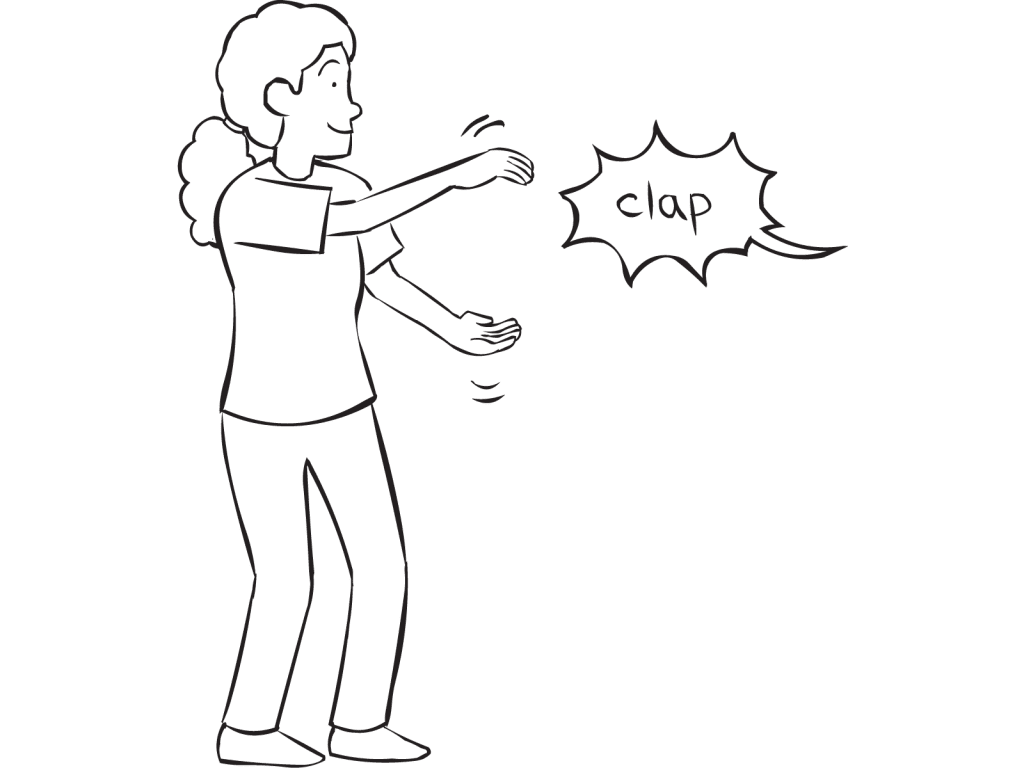Save to Playlist
Step-by-Step Instructions
How To Play Narrative Premium
Practical Leadership Tips Premium
Social-Emotional Learning Premium
Health & Wellness Programming Premium
Popular Variations Premium
Virtual Adaptation Premium
You Might Also Like... Premium
Useful Framing Ideas Premium
Reflection Tips & Strategies Premium
Source Premium

No Props No Problem
Brand NEW book featuring 150+ outrageously fun group games & activities. Scan QR codes to connect to tons of digital content including video tutorials.
Add to Cart
NEW – No Props No Problem
The best-selling book featuring 150+ outrageously fun group games & activities. Scan QR codes to access exclusive digital content including video tutorials.

Free Ice-Breakers & Group Games
Ten of the best no-prop, interactive ‘get-to-know-you’ games & activities. 100% fun, your group will love ’em. Our most successful giveaway, 10,000+ downloads so far…
Top Ten Icebreakers & Group Games
Download our free 28-page ebook jam-packed with outrageously fun activity ideas.
Just one more question:
I am interested in…
Choose a plan that’s right for you
We offer a range of membership plans with no surprises.
Click an option below & discover our simple pricing.

Individual
Click here if you’re a:
- Teacher
- Corporate trainer
- Outdoor educator
- Camp leader
- Youth leader
- Conference organiser
- Therapist/counsellor
Membership Plans

Enterprise
Click here if you represent a:
- School
- Corporation
- Community-based Organisation
Explore plans for
10, 50, 200 or more
potential users
Membership Plans






Use this often times in between activities/filler game to refocus the group and get attention before leading the group into the next activity.. lots of fun.
For our variant, we aim to get the group to get to five individual claps in a row. The idea is for participants to clap almost in sync with the presenter. If they get it right, it counts as 1 and the game continues. If they get it right a second time, thats 2 and so on.
If the presenter tricks the group into clapping, the whole sequence starts again. Can be played again and again once the group know the game.
Hi all,
Recently, I’ve been using (and loving) a short sequence of two activities – (1) One Clap immediately followed by (2) the Clapping Game.
To play, invite the group to clap simultaneously, making the sound of one crisp clap, on the count of three – 1,2,3…clap! Many groups may get this on the first go, while others may need a bit more practice. Regardless, give it a go two or three times, then transition to the Clapping Game.
The Clapping Game is played by inviting the group to clap when you, the facilitator, fluidly cross your arms in front of you as if you you were going to clap, yet miss and pass by. Playfully practice this a few times testing the group’s reaction time and building attunement.
Just when the groups seems to be grooving, fake. That is, gesturing as if you are going to cross your arms, then stopping just short. The group should not clap because you did not cross your arms, although inevitably many individuals, if not all, will clap (making a mistake), then react. Reactions typically present as a burst of laughter and awareness. Notice the reactions, engage in some likely banter, and play on.
Continue crossing your arms or not (faking) allowing the the individuals and group to react and respond as they do. Culminate with a crescendo of clapping by crossing your arms slowly at first, then progressively faster and faster offering no fakes until the end. Typically this leads to an increase in energy, laughter, and preparedness to move forward.
Why have I been using these particular activities to start learning engagements and meetings? One Clap helps bring the group present. The Clapping Game invites, in an introductory way, awareness to personal reactions and the reactions of others. Furthermore, it invites the notion of choosing how we respond after making a mistake (or not) and as mistakes are made in our presence. Yes, this is a light touch on Social Emotional Learning, Emotional Intelligence, and other related topics as well. Ultimately, I’ve been using both of these activities because they are simple, engaging, and relevant. Some might even say they’re fun!
Enjoy,
Nate
Thanks Nate. I’m going to try it.
Note to all users – check out Nate leading Copy Claps (referred to above) – it’s an absolute delight to be a part of and enjoy.
So useful, Nate! Using with a group of 150 tomorrow 🙂